Today, I decided to fly again to Switzerland (article in French) to meet a self-taught photographer so that he could tell me more about his passion. The entire family insisted on coming with me, because each of them had a question for the photographer. After a 7-hour flight and a couple of air pockets that frightened the youngest ones, we landed in Geneva. After the passport check, we had to wait because of a visa problem. Yes, I had “accidentally” 😉 spilled soda pop on Assane’s visa, which made it hard to read… After lots of talking and our photographer’s intervention, everything was back in order.
Welcome to Switzerland, the country of chocolate and banks (French) (lol)
Paying honour to whom honour is due, the first question is mine.

Julien: I’ve always loved beautiful pictures in general, but I had never thought of actually doing photography myself. But, one day, one of my brothers-in-law who lives in Senegal asked me to find and bring him a digital camera to help him work on a project (he has trained in computer graphics). He used technical terms that a newbie like me struggled to understand, so I searched the web and learned this lingo in order to help me find the right camera. After several weeks of intensive research, I eventually found a great offer on the web and ordered it right away. As soon as the mailman arrived with the parcel, I opened it with some emotion to see how this little guy looks. I tried it and it struck me: I needed the same one! It was in July 2013.

Julien: I have been teaching myself for two years now. Photography training and material is usually expensive, except if your best mate is a banker… But I didn’t loose heart and I continued to search the Internet. I was so excited when I found several free websites (French) where I was able to learn the basics of photography (French). I also read specialized magazines. There is one website in particular that I love, because the photographer teaches through videos (French) and uses layman terms as well as humor (the French kind). It’s awesome because you can just replicate what he is doing, until you personalize your technique. Furthermore, you can upload your photos and other photographers – newbies or experts – can judge your work and give you some advice. Accepting criticism is not always easy though (lol).

Julien: Great, you want to take pictures of your friends?
Well, there have actually been two leading brands on the market for several years now: Canon and Nikon. So you can choose either one of them, depending on your personal taste. These two brands offer lots of different types of objectives, which will help you build your lens collection depending on your style and projects. As far as the housing is concerned, there are three levels: beginners, hobbyists and professionals. I think it’s best to start with the beginners range and to take the most efficient in this range. This way, you will be able to make lots of different things with simplified functions, so that you can start taking pictures in manual or semi-automatic modes. Later on, I think a Cobra flash and a tripod have to complement your digital camera. When you will start to really master your camera, I’d advise you to invest in professional lenses. They are very expensive, but it’s the only way to get a great quality photograph (picture sharpness). What you have to remember is that the lens is responsible for the quality of the picture, and the housing makes the picture possible.

Julien: Without a doubt, portraits. I also like landscapes, daily life and animals.
Julien: (lol) Well, the Eiffel Tower is a far too big for me.
I like to capture facial expressions, beautify a person, gloss over little imperfections thanks to the lightning or specific poses. It gives lots of room for creativity. I also like to be able to communicate with the model.

Julien: Yes, I actually have several ideas in mind. I am currently training in street art, and I will soon photograph a young couple, who have been married for a year, as well as my sister in Geneva. I’d also like to take pictures of traditional African women. Last but not least, next time I’ll fly to Senegal, I’d like to photograph the daily life as well as the landcape.

Julien: Yes, I went there 9 times, and I’d love to meet you there.
Since I have been doing photography, I look at life differently, because I now see details that I didn’t even notice before. My brain is constantly working to be as creative as possible, and to convey emotions, tell stories and give a personal style to my photos. It’s a source of pride to know that you are the only one to choose what you want to show when you immortalize time in just a second. It’s a kind of magic!

Julien: Amoul problem… Mine for sure (lol)! Well, more seriously, there are photographs that left a mark on history and that are the witnesses of tragic or famous events. Commander Massoud’s portrait, (French) for instance, is a very strong image of a man thinking deeply, and fighting for a cause. The picture was taken by Reza, who immortalized him just before he died. Still thinking of commanders, I’d like to mention Che Guevara, who was photographed by journalist Alberto Korda. Korda’s boss didn’t like the picture, and it’s only when Che died that the photo was published and became famous. There are others, more tragic ones, but I’ll stop here.

Julien: Hum, that’s a tough question. I don’t think a photograph itself can change the world. What I do think, is that it can contribute to take a message across, or witnessing a special event. It can also move the viewer in a way that will take him on a journey. So yes, in a way, photography contributes to changing the world.

Julien: Well, actually there are two. The first one is “In Tigane’s eyes”. It was very interesting to work with my son and to witness the complicity we shared. From a technical point of view, I imposed myself two constraints: first, doing only black and white photos, and second, only taking picture of the back of my son.
The other shoot was an airshow called AIR 14, which lasted a whole day. It was my first experiment; I had no reference, I just searched the Internet. I was very happy with the final result, especially with the very basic material I had. I really enjoyed the experience.

Julien: Good health and a long life, Inch Allah.
Regarding photography, I’d like that the people who look at my photos find emotions in them. Thank you so much for coming to see me and giving me the opportunity to meet with your amazing family. I hope to see you again soon.

Julien: It will be a great pleasure! I am actually going to take pictures of all of you! Come on, my friends…

Bonus 😉
Doggy
(written by Julien Mabillard with my personal touch)





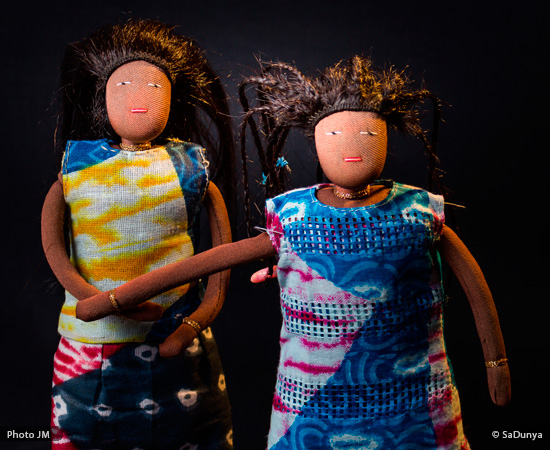

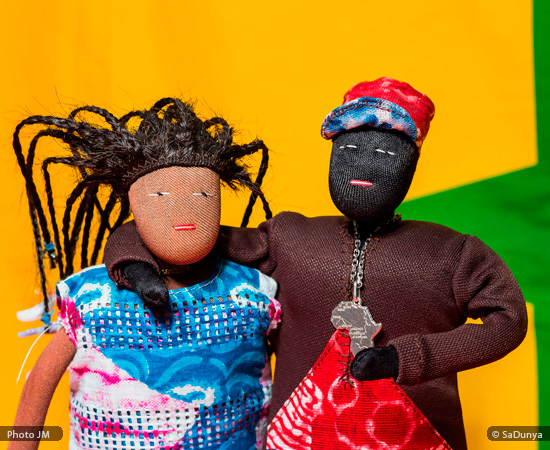




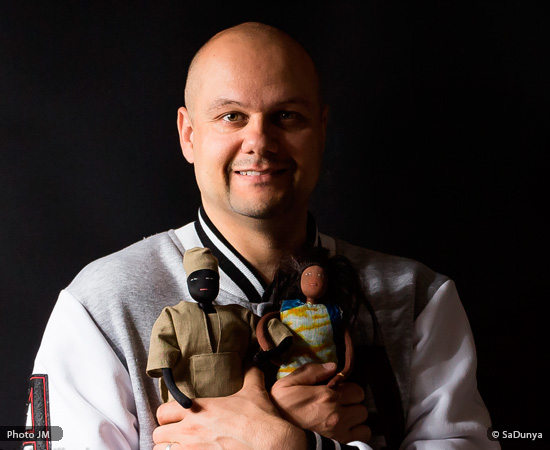



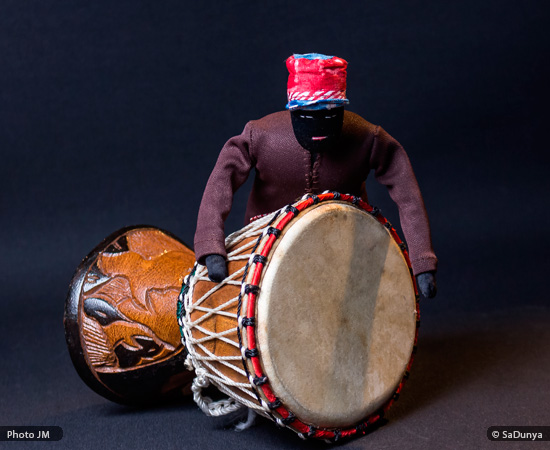








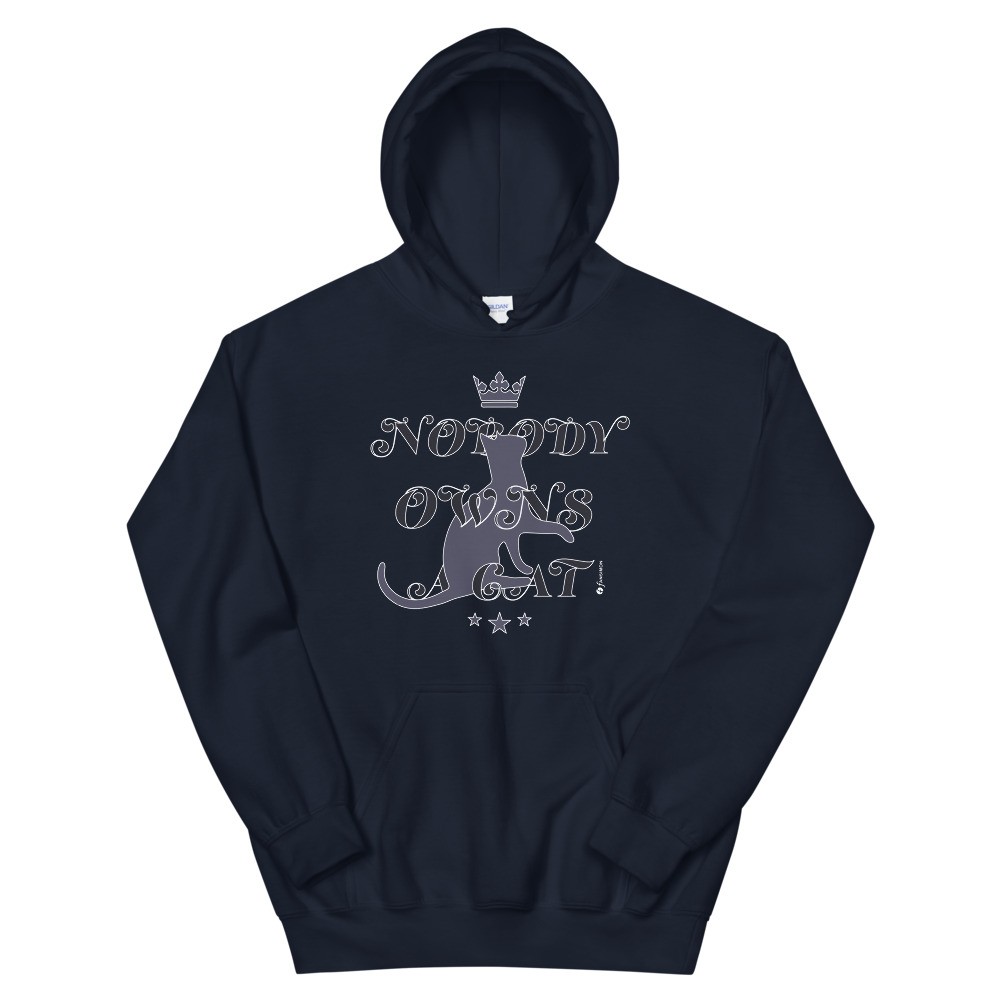


On the link below, you can see a wonderful photo made by Julien;-), which received great comments from his peers:
http://fotoloco.fr/photo-detail/?id=50407&c=tous
😉